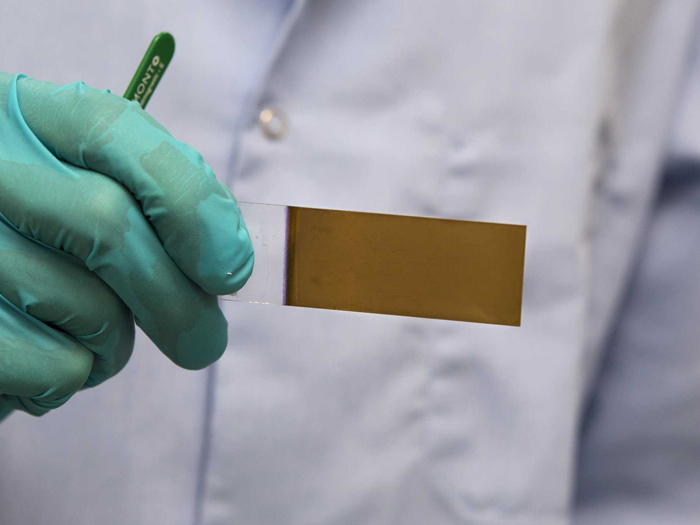The work began by stretching a substrate made with polydimethylsiloxane, or PDMS, and then the researchers placed gold nanomesh on the stretchable substrate. The new material showed no sign of fatigue when cyclically stretched to a strain of more than 50 percent for 10,000 cycles.
"Fatigue has been a deadly disease for metals," said lead author Zhifeng Ren, a physicist at the University of Houston and principal investigator at the Texas Center for Superconductivity. "We weakened the constraint of the substrate by making the interface between the gold nanomesh and PDMS slippery, and found the gold nanomesh achieved superstretchability and high fatigue resistance."
The researchers used mouse embryonic fibroblast cells to determine biocompatibility and suggested the nanomesh "might be implanted in the body as a pacemaker electrode, a connection to nerve endings or the central nervous system, a beating heart, and so on."
In addition to Ren, other researchers on the project included Chuan Fei Guo and Ching-Wu "Paul" Chu, both from the University of Houston; Zhigang Suo, Qihan Liu and Yecheng Wang, all from Harvard University, and Guohui Wang and Zhengzheng Shi, both from the Houston Methodist Research Institute.
More about:














-1741278702.jpg&h=190&w=280&zc=1&q=100)

































